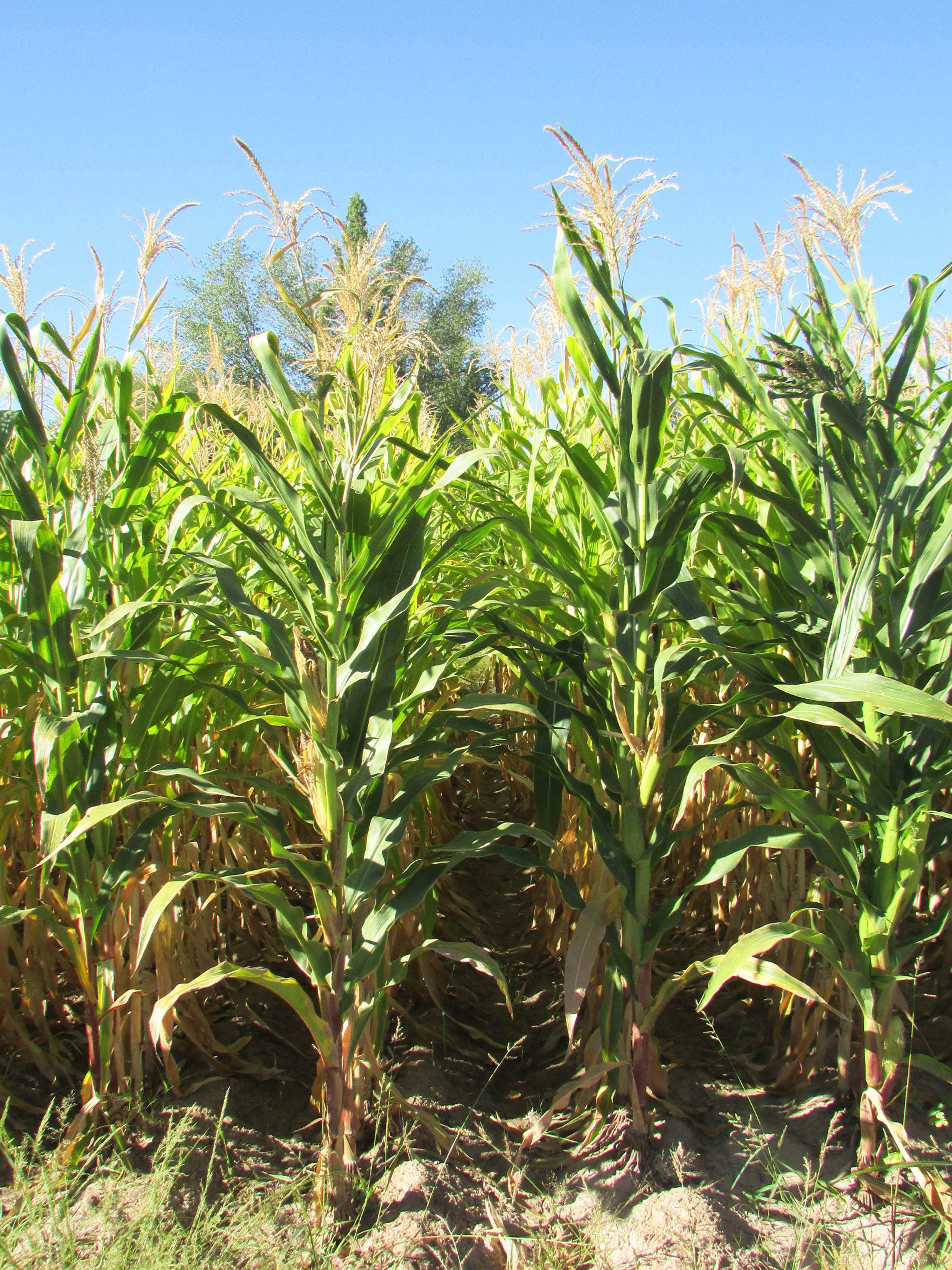Corn silage production in the northern oasis of Mendoza, Argentina
Keywords:
forage, corn silage, nutritional quality, Zea maysAbstract
Meat production in irrigated areas in Mendoza has increased over the last years. Corn silage emerges as an important forage alternative. This paper evaluates three corn hybrids for silage (ACA 417 RR2, ACA 485 MGRR2, ACA 498 MGRR2) cultivated in the northern oasis of Mendoza during the 2015-2016 and 2016-2017 crop cycles. The study was carried out at the agricultural experiment station of the Facultad de Ciencias Agrarias of Universidad Nacional de Cuyo in Luján de Cuyo, Mendoza (33º 00’ 38’’ S y 68º 52’ 28’’ O). No differences were detected in green matter (GM) or dry matter (DM) yields among the hybrids during the crop cycles. In the 2015-2016 crop cycle average dry matter yields and green matter yields were 73.760 kg ha-1 and 23.493 kg ha-1, respectively, whereas during the 2016-2017 crop cycle green matter yields and dry matter yields were 58.390 kg ha-1 and 21.798 kg ha-1, respectively. Genotypes were characterized according to plant height, number of ears of corn, and the ear dry weight/whole plant dry weight ratio. The quality of the three hybrids was also determined. Results obtained suggest that corn silage is a valid forage resource for intensive cattle farming in Mendoza.
Downloads

Downloads
Published
How to Cite
Issue
Section
License
Aquellos autores/as que tengan publicaciones con esta revista, aceptan las Políticas Editoriales.










.jpg)




